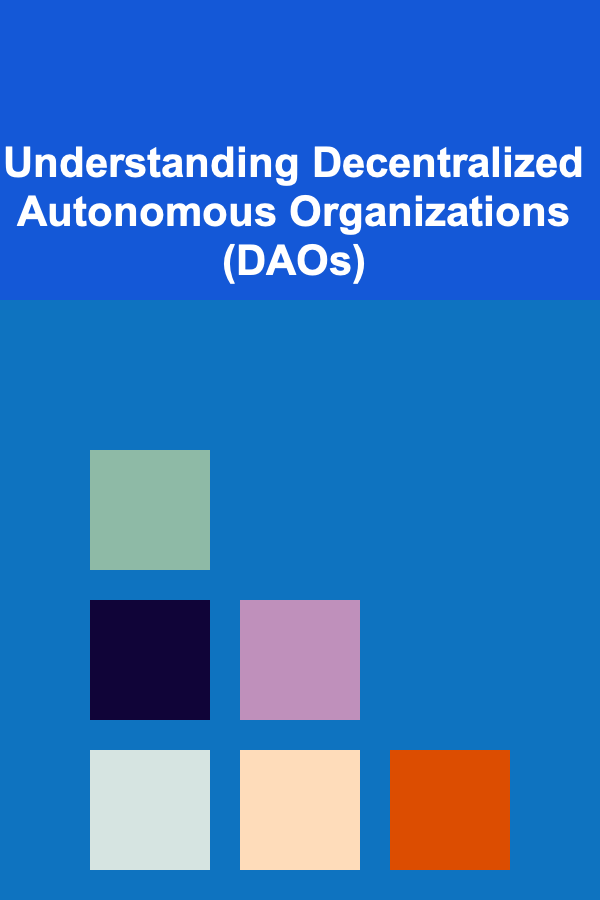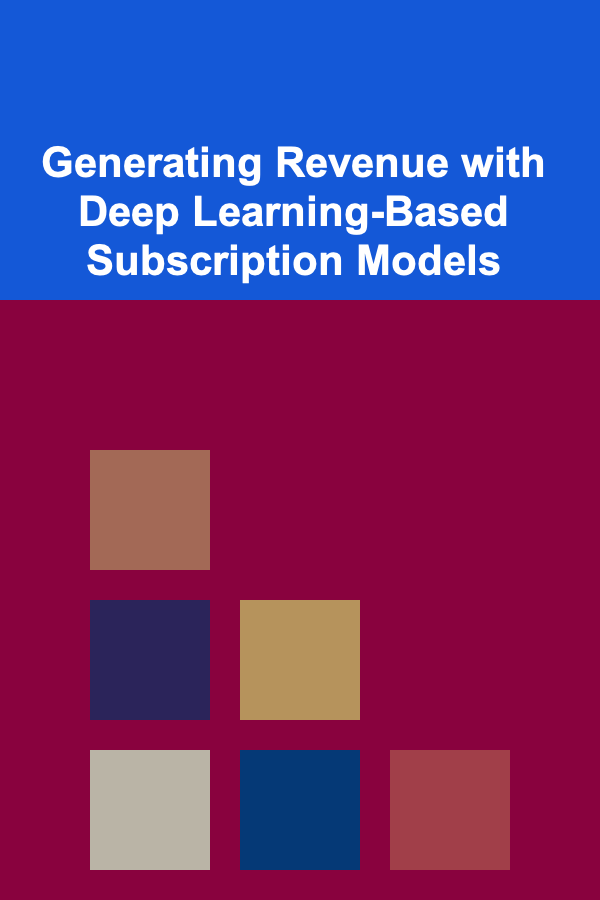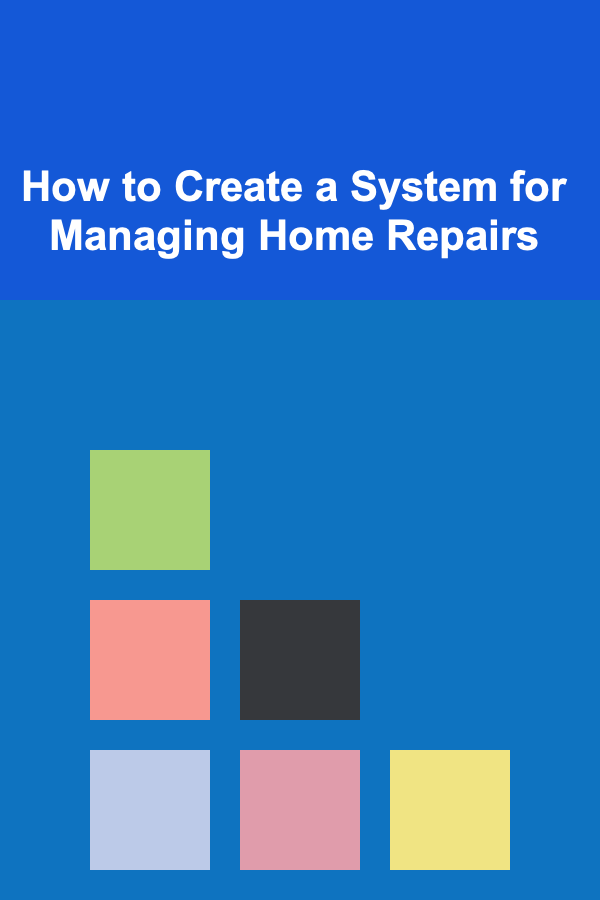
Understanding Decentralized Autonomous Organizations (DAOs)
ebook include PDF & Audio bundle (Micro Guide)
$12.99$8.99
Limited Time Offer! Order within the next:

Decentralized Autonomous Organizations (DAOs) represent a paradigm shift in how organizations are structured and governed. They leverage blockchain technology to create transparent, democratic, and often community-driven entities that operate without traditional hierarchical management. While the concept is relatively nascent, DAOs hold the potential to revolutionize various industries, from finance and governance to social networking and art. This deep dive will explore the intricacies of DAOs, covering their fundamental principles, core components, advantages, challenges, use cases, and future outlook.
What is a DAO?
At its core, a DAO is an organization whose rules are encoded as computer programs, called smart contracts, on a blockchain. These smart contracts automate decision-making and resource allocation, effectively replacing traditional management structures. The "decentralized" aspect signifies that control is distributed among token holders, allowing them to participate in governance through voting. "Autonomous" means the DAO operates automatically according to the rules defined in its code, eliminating the need for intermediaries or centralized authority figures to execute decisions. Essentially, a DAO is a digitally native entity that aims for transparency, efficiency, and community ownership.
Think of a traditional company. Decisions are made by a board of directors or executives, based on internal information and hierarchical structures. In contrast, a DAO makes decisions based on proposals voted on by its members, recorded transparently on a blockchain, and automatically executed by smart contracts. This eliminates the need for trust in individuals, replacing it with trust in code and the immutability of the blockchain.
Core Components of a DAO
Understanding the building blocks of a DAO is crucial to grasping its overall functionality. These components work in concert to create a self-governing and self-executing organization:
1. Smart Contracts
Smart contracts are the foundational code that defines the rules and operations of a DAO. They are self-executing agreements written on a blockchain, triggered when predefined conditions are met. In a DAO, smart contracts govern everything from voting processes and treasury management to membership criteria and reward distribution. These contracts are immutable, meaning they cannot be altered once deployed to the blockchain, ensuring the integrity and predictability of the DAO's operations. A bug in the smart contract can have devastating results, as seen in the infamous DAO hack (more on that later), emphasizing the importance of thorough auditing and security best practices.
Example: A smart contract might dictate that a proposal passes if it receives more than 50% of the votes within a specific timeframe. Once the voting period ends and the threshold is met, the smart contract automatically executes the proposal, such as transferring funds from the DAO's treasury or enacting a new policy.
2. Tokens
Tokens represent ownership and participation rights within a DAO. They are typically distributed to members who contribute to the organization, such as through work, investment, or community engagement. These tokens grant holders the ability to propose changes, vote on proposals, and influence the direction of the DAO. The type of token used can vary, with some DAOs utilizing governance tokens that solely confer voting rights, while others employ utility tokens that provide access to specific features or services within the DAO ecosystem. The distribution mechanism of tokens is critical for ensuring fairness and preventing centralization of power. Methods include token sales, airdrops, staking rewards, and contribution-based allocation.
Example: Holding "DAO-Token" grants you one vote per token in any proposal regarding the DAO's future strategy. Holding a certain amount of "DAO-Token" might also grant access to exclusive community channels or early access to products developed by the DAO.
3. Treasury
The treasury holds the DAO's assets, which can include cryptocurrencies, fiat currency, or other digital assets. The treasury is managed by smart contracts, ensuring that funds are allocated according to the DAO's rules and voting outcomes. Transparency in treasury management is paramount, as all transactions are recorded on the blockchain, allowing members to track the flow of funds and prevent misappropriation. Access to the treasury is typically controlled by multi-signature wallets, requiring multiple members to approve transactions, further enhancing security.
Example: A DAO focused on funding open-source development might have a treasury of ETH and stablecoins. When a developer submits a proposal for funding a specific project, DAO members vote on whether to allocate funds from the treasury to support the developer's work. If the proposal passes, the smart contract automatically transfers the agreed-upon amount from the treasury to the developer's wallet.
4. Governance System
The governance system defines the rules and processes for making decisions within the DAO. This includes the mechanisms for proposing changes, voting on proposals, and implementing approved decisions. Different DAOs employ various governance models, ranging from simple majority voting to more complex systems that incorporate quadratic voting or conviction voting. Effective governance is essential for ensuring that the DAO operates fairly, efficiently, and in the best interests of its members. The governance system should be designed to encourage active participation and prevent a small group of individuals from dominating decision-making.
Example: A DAO might use a proposal system where anyone holding a certain number of governance tokens can submit a proposal. The proposal then enters a voting period, during which token holders can vote "for," "against," or "abstain." The outcome is determined by the percentage of tokens voted in favor, and a quorum (minimum participation requirement) must be met for the vote to be valid. Some DAOs also implement a "veto" mechanism to prevent malicious or harmful proposals from being enacted.
Advantages of DAOs
DAOs offer several compelling advantages over traditional organizational structures, contributing to their growing popularity and potential for disruption:
1. Transparency
All transactions, votes, and decisions within a DAO are recorded on the blockchain, creating a transparent and auditable record. This eliminates information asymmetry and fosters trust among members, as everyone has access to the same information. The transparency of DAOs reduces the potential for corruption and mismanagement, as any irregularities can be easily detected and addressed by the community.
2. Decentralization
Control is distributed among token holders, preventing any single individual or entity from wielding excessive power. This decentralization fosters a more democratic and equitable environment, where all members have a voice in shaping the direction of the organization. Decentralization also reduces the risk of single points of failure, making the DAO more resilient to attacks and censorship.
3. Automation
Smart contracts automate decision-making and resource allocation, streamlining operations and reducing the need for intermediaries. This automation enhances efficiency and reduces administrative overhead, allowing the DAO to operate with greater speed and agility. It also minimizes the risk of human error and bias in decision-making.
4. Community-Driven
DAOs are typically governed by their communities, fostering a sense of ownership and shared responsibility. This community-driven approach encourages active participation and collaboration, leading to more innovative and effective solutions. The strength of a DAO often lies in the engagement and dedication of its community members.
5. Global Reach
DAOs can operate seamlessly across borders, connecting individuals from all over the world. This global reach expands the talent pool and market opportunities available to the DAO. It also allows DAOs to leverage the expertise and resources of a diverse global community.
Challenges of DAOs
Despite their numerous advantages, DAOs also face several significant challenges that need to be addressed for them to achieve widespread adoption:
1. Security Vulnerabilities
Smart contracts are susceptible to bugs and vulnerabilities that can be exploited by hackers. The immutability of smart contracts means that once a vulnerability is discovered, it cannot be easily fixed, potentially leading to significant financial losses. The DAO hack of 2016, where millions of dollars worth of Ether were stolen due to a flaw in the DAO's code, serves as a stark reminder of the importance of rigorous security audits and testing. Formal verification and bug bounties are becoming increasingly important for DAO security.
2. Legal and Regulatory Uncertainty
The legal status of DAOs is still evolving, and there is a lack of clarity regarding their legal classification and regulatory compliance requirements. This uncertainty creates challenges for DAOs seeking to operate within established legal frameworks. Questions remain about liability, taxation, and intellectual property ownership within DAOs. The lack of clear legal guidelines can hinder the growth and adoption of DAOs, as it creates risks for both founders and members.
3. Governance Challenges
Designing effective governance systems that encourage participation, prevent manipulation, and ensure fair decision-making is a complex challenge. Low voter turnout, apathy, and the potential for whale dominance (where a small number of token holders control the majority of the voting power) can undermine the effectiveness of DAO governance. Developing mechanisms to incentivize participation and mitigate the risks of centralized control is crucial for the long-term success of DAOs.
4. Scalability
The blockchain infrastructure that DAOs rely on can face scalability limitations, particularly as the number of members and transactions increases. Transaction fees and processing times can become prohibitive, hindering the DAO's ability to operate efficiently. Exploring layer-2 scaling solutions and alternative blockchain platforms is essential for DAOs to scale effectively.
5. Lack of Standardization
The lack of standardization in DAO tooling and protocols makes it difficult for DAOs to interoperate and collaborate. This fragmentation hinders the development of a cohesive DAO ecosystem and limits the potential for synergies between different DAOs. Developing standardized protocols and interfaces will facilitate the creation of a more interconnected and interoperable DAO ecosystem.
Use Cases of DAOs
DAOs are being explored and implemented across a wide range of industries and applications, demonstrating their versatility and potential for disruption:
1. Decentralized Finance (DeFi)
DAOs are playing a crucial role in governing DeFi protocols, allowing token holders to vote on protocol upgrades, manage treasury funds, and adjust risk parameters. Examples include MakerDAO, which governs the DAI stablecoin, and Compound, which allows users to lend and borrow cryptocurrencies. DAOs in DeFi promote transparency, security, and community ownership, contributing to the growth and stability of the decentralized financial system.
2. Venture Capital and Investment
DAOs are being used to pool capital and collectively invest in startups and other ventures. These venture DAOs allow individuals to participate in early-stage investments that were previously only accessible to accredited investors. They democratize access to capital and provide founders with a more community-driven source of funding. Example include The LAO, which invests in early-stage Ethereum-based projects.
3. Social Networks and Communities
DAOs are creating new models for social networking and community governance, allowing members to collectively curate content, moderate discussions, and allocate resources. These social DAOs empower communities to control their own platforms and reduce reliance on centralized social media companies. They can also offer new ways for creators to monetize their content and build stronger relationships with their fans.
4. Content Creation and Media
DAOs are being used to fund and manage content creation projects, such as documentaries, films, and video games. These content DAOs allow artists and creators to receive funding directly from their audience, bypassing traditional gatekeepers and intermediaries. They also provide opportunities for audience members to participate in the creative process and have a say in the direction of the project.
5. Governance and Public Goods Funding
DAOs are being explored as a mechanism for managing public goods and allocating resources to community projects. These governance DAOs can be used to distribute grants, manage infrastructure, and address local issues. They offer a more transparent and democratic alternative to traditional government funding models.
The Future of DAOs
The future of DAOs is promising, with significant potential for growth and innovation across various industries. However, several key trends and developments will shape the evolution of DAOs in the coming years:
1. Increased Adoption and Mainstream Integration
As the technology matures and the legal and regulatory landscape becomes clearer, DAOs are likely to gain wider adoption and become integrated into mainstream business operations. More traditional organizations may explore adopting DAO-like governance models to enhance transparency and empower their stakeholders.
2. Improved Tooling and Infrastructure
The development of more user-friendly and sophisticated DAO tooling and infrastructure will lower the barrier to entry and make it easier for individuals and organizations to create and manage DAOs. This includes tools for smart contract development, governance participation, treasury management, and community engagement.
3. Legal and Regulatory Clarity
The establishment of clear legal and regulatory frameworks for DAOs will be crucial for their long-term success. This will provide greater certainty for founders, members, and investors, encouraging more widespread adoption and innovation. Governments and regulatory bodies will need to develop frameworks that balance innovation with consumer protection and financial stability.
4. Cross-Chain Interoperability
The ability for DAOs to operate seamlessly across different blockchain platforms will enhance their flexibility and expand their reach. This cross-chain interoperability will allow DAOs to leverage the unique strengths of different blockchains and access a wider range of resources and talent.
5. Evolution of Governance Models
Governance models will continue to evolve, with experimentation around different voting mechanisms, incentive structures, and decision-making processes. The goal is to develop more effective and equitable governance systems that encourage participation, prevent manipulation, and promote the long-term sustainability of DAOs.
Conclusion
Decentralized Autonomous Organizations represent a radical new approach to organizational structure and governance. While still in their early stages, DAOs hold the potential to revolutionize various industries by fostering transparency, decentralization, and community ownership. Addressing the challenges related to security, legal uncertainty, and governance will be crucial for unlocking the full potential of DAOs and enabling their widespread adoption. As the technology matures and the ecosystem evolves, DAOs are poised to play an increasingly important role in shaping the future of work, finance, and governance.

Generating Revenue with Deep Learning-Based Subscription Models
Read More
How to Create a Checklist for Testing Website Forms and Payment Gateways
Read More
How to Create a System for Managing Home Repairs
Read More
How to Host Get Together Games for Family Reunions
Read More
How to Maintain Your Home's Water Softener for Optimal Performance
Read More
The Art of Real Estate: Expert Tips for Navigating the Market as a Real Estate Agent
Read MoreOther Products

Generating Revenue with Deep Learning-Based Subscription Models
Read More
How to Create a Checklist for Testing Website Forms and Payment Gateways
Read More
How to Create a System for Managing Home Repairs
Read More
How to Host Get Together Games for Family Reunions
Read More
How to Maintain Your Home's Water Softener for Optimal Performance
Read More